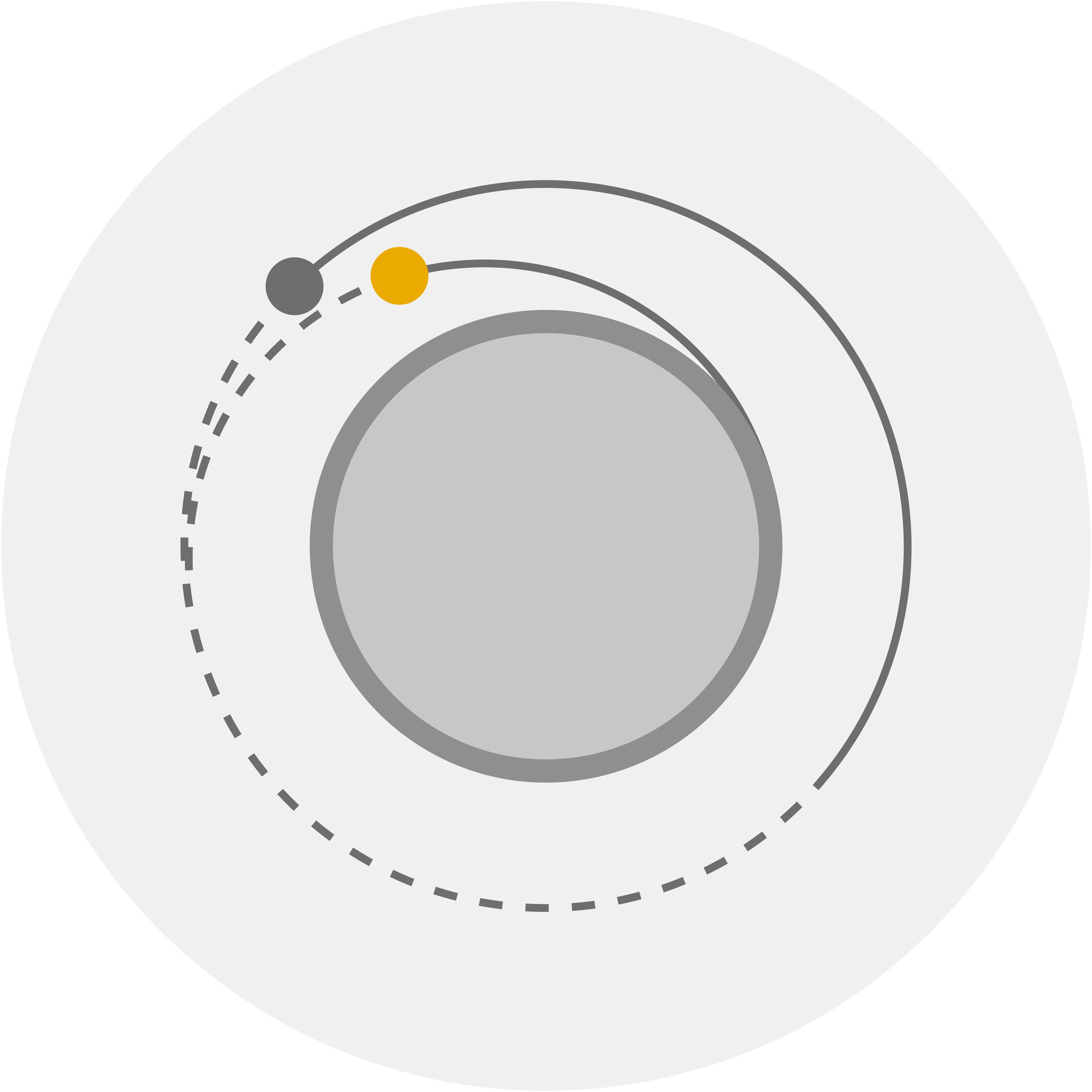Through my research portfolio at Georgia Tech, I model the near-Earth space environment to contribute to world order in outer space.
Using tools from observational astronomy and computational astrodynamics, I study the behavior of Earth-orbiting satellites to understand how space actors—from superpowers to start-ups—engage with systems of outer space governance. As their population grows by orders of magnitude in the next quarter century, satellites will support services that will both forever change our global society and face never-before-seen threats. Data-driven rule-making in the space domain could accommodate this growth, while also promoting peaceful operations for generations to come.
Insights from my research help international space decision-makers translate between the physical and regulatory space environments. High-dimensional space object data—which can describe where satellites have been and how they got there—is challenging to decipher, but critical for informing new rules under which space actors will coordinate their activities in an increasingly congested environment. Because not all spacefarers play by the rules, my work places an emphasis on objects that could disrupt, degrade, or destroy space systems in times of both war and peace.
My research portfolio at Georgia Tech lies at the intersection of aerospace engineering and international affairs, and spans international coordination, sustainability, and security in space. Descriptions of these three research areas are available below. For a complete list of my publications, see my curriculum vitae.
Coordination
International coordination in space refers to the technical and social mechanisms by which both state and non-state actors share their plans to make use of the outer space domain. Efficient and equitable coordination measures allow satellite operators—from tiny startups to global superpowers—to operate their spacecraft free from the threat of collision and harmful interference in the radio-frequency spectrum. Models of the near-Earth space environment contribute to efforts to improve international coordination in space by measuring the degree to which satellite operators comply with existing rules and estimating the costs associated with complying with new ones. Selected works: A Method for Assessing Satellite Operators’ Compliance with GEO Assignments, Mitigating Noncooperative RPOs in GEO, and A Survey of ITU Space Station License Applications in GEO.
Sustainability
Space sustainability refers to the practice of preserving the outer space environment as a safe, operational domain for the socioeconomic benefit of humanity both today and in the long term. Although the space environment is vast, the popularity of some orbital regimes—due to their usefulness for certain space missions—make some regions more congested than others and subject to dangerous debris-generating collisions. Astrodynamic models can inform operator-, state-, and international-level sustainability guidelines that mitigate the space debris problem in the most popular orbital regimes and ensure equitable access to space for new satellite operators, including those from developing countries. Selected works: A Sustainable Geostationary Space Environment Requires New Norms of Behavior, Lunar Policy Handbook, and We Need to Get Our Space Junk Problem Under Control.
Security
Space security refers to the use of space-based systems for national and international security objectives. During the first space age—from the launch of the first satellite to the fall of the Soviet Union—the majority of all satellites were designated for military purposes. Since then, outer space has remained a critical contributor to international stability despite the rapid growth of an emerging commercial space economy and the rich diversification of global players. Data-driven space environment models can contribute to the public’s understanding of the threats faced by satellite systems and the norms under which military satellite operators control their assets in an inherently international domain. Selected works: Space Threat Assessment, Escalation and Deterrence in the Second Space Age, and Exotic Space Warfare: Military Importance of Sustained Maneuver.


